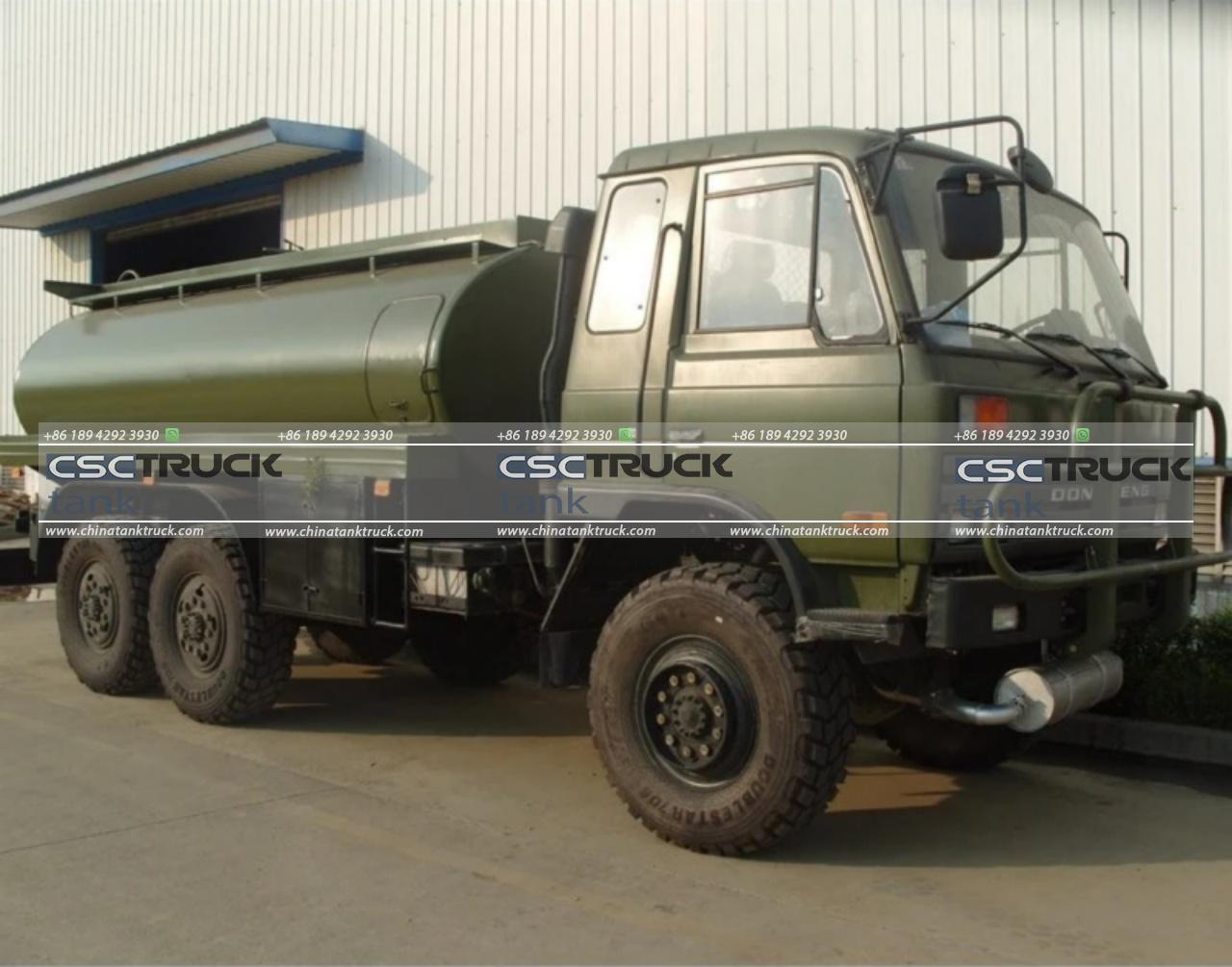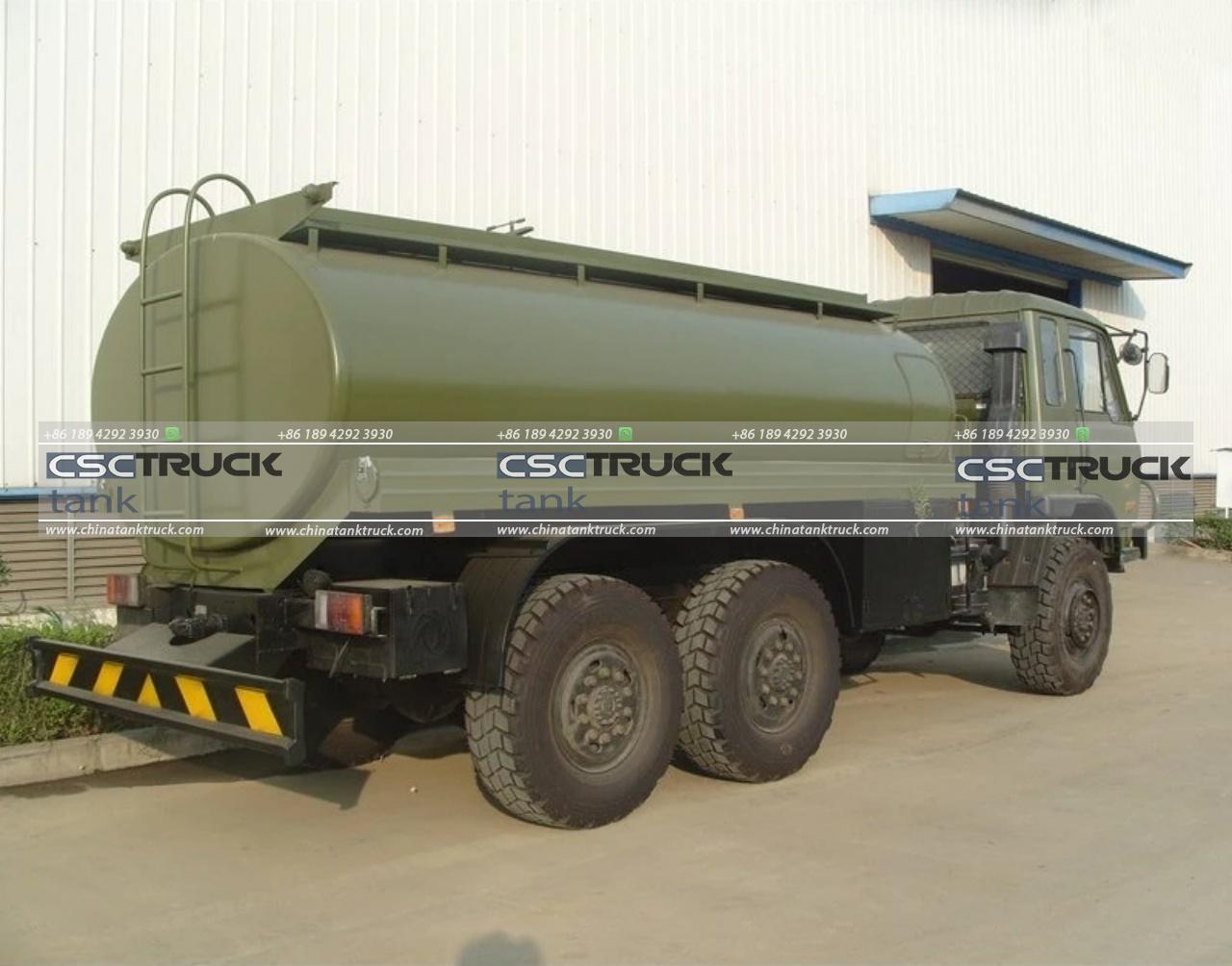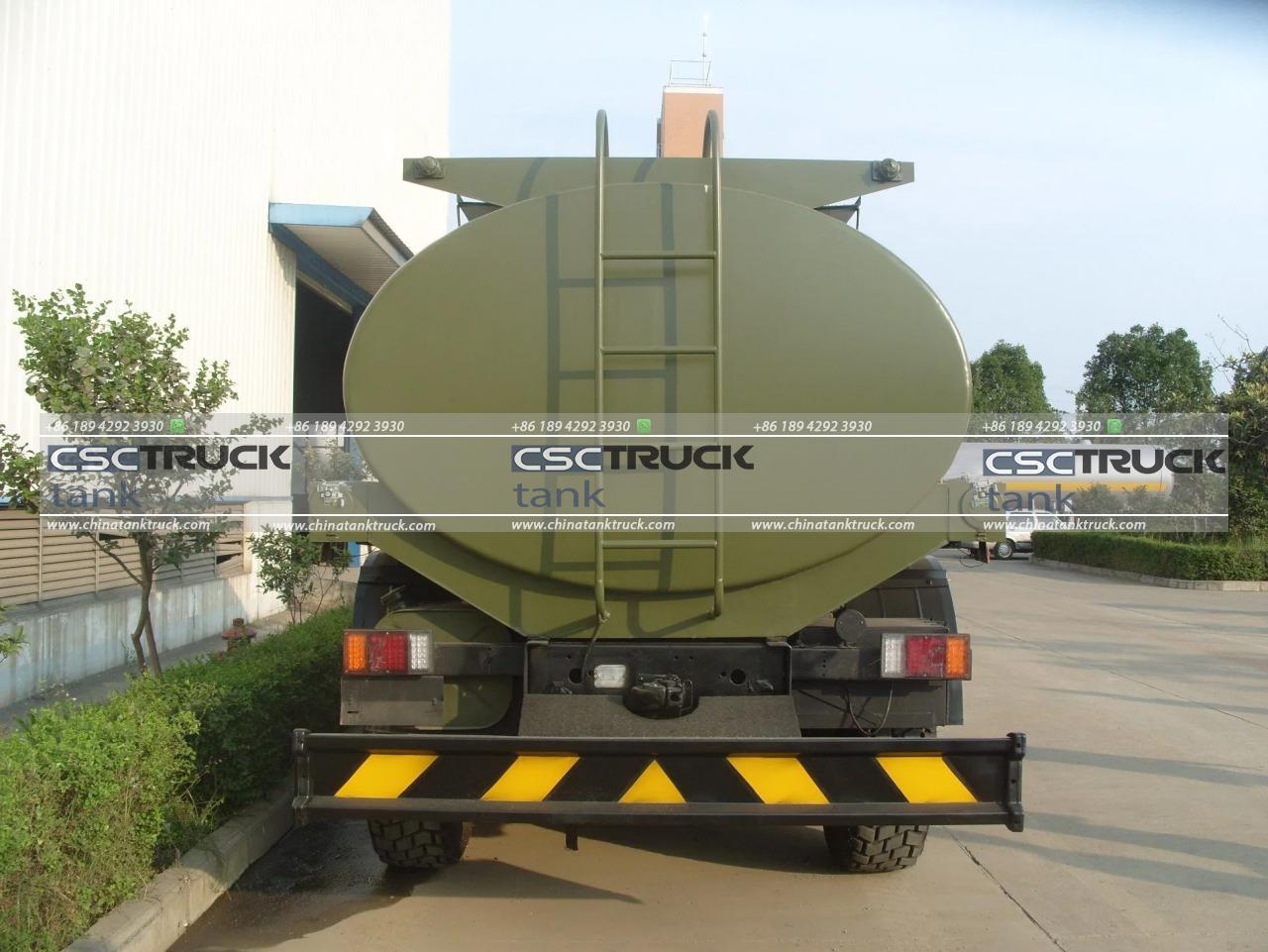What are the Specifications of a Fuel Tanker Truck?
Fuel tanker trucks play a crucial role in the logistics and transportation industries, ensuring that petroleum products such as gasoline, diesel, and other fuels are delivered efficiently and safely from refineries to distribution points or directly to consumers. The design and specifications of these trucks are meticulously crafted to meet safety regulations, environmental standards, and operational efficiency. In this article, we’ll explore the key specifications of fuel tanker trucks, covering their design, capacity, safety features, and regulatory compliance.
1. Tank Design and Capacity
1.1 Tank Material and Construction
Fuel tanker trucks are typically built with tanks made of high-strength materials such as aluminum, stainless steel, or carbon steel. Aluminum is often preferred due to its lighter weight, which helps improve fuel efficiency. Stainless steel, while heavier, offers greater durability and resistance to corrosion. The tank’s construction involves welding or riveting techniques to ensure structural integrity, with reinforced sections where needed to withstand the pressures and stresses of transportation.
1.2 Capacity
The capacity of fuel tanker trucks can vary widely depending on their intended use and the regulations in place. Common capacities range from 2,000 to 8,000 gallons (7,500 to 30,000 liters). Smaller tankers are used for local deliveries and service stations, while larger tankers are employed for long-haul routes and bulk distribution. The tank’s size is a critical factor in determining the truck’s overall dimensions, weight, and maneuverability.

2. Vehicle Specifications
2.1 Truck Chassis
The chassis of a fuel tanker truck is built to support the weight of the full tank and ensure stability during transportation. It is typically constructed from heavy-duty steel or aluminum. The chassis design must accommodate the specific load distribution requirements of the tank, which often includes reinforced suspension systems to handle the additional weight and provide a smooth ride.
2.2 Axles and Suspension
Fuel tanker trucks generally have multiple axles to distribute the weight of the tank and its contents evenly. Most tanker trucks have 3 to 5 axles, with tandem or tridem configurations depending on the truck’s size and capacity. The suspension system is designed to handle the heavy load and absorb shocks, ensuring that the truck remains stable and safe while driving. Air suspension systems are commonly used for better ride quality and load distribution.
2.3 Engine and Performance
The engine of a fuel tanker truck must be powerful enough to handle the weight of the loaded tank and provide adequate performance for both urban and highway driving. Engines are typically diesel-powered, offering a balance of power, efficiency, and durability. Engine sizes vary but commonly range between 300 to 600 horsepower. Transmission systems can be automatic or manual, with automatic transmissions becoming increasingly popular for ease of use and smooth operation.
3. Safety Features
3.1 Tank Design and Safety
The tank of a fuel tanker truck is equipped with several safety features to prevent accidents and spills. Internal baffles or partitions are installed within the tank to control the movement of the fuel and reduce the risk of sloshing, which can destabilize the truck. Many tanks are also fitted with rollover protection systems to prevent spillage in the event of an accident.
3.2 Fire Prevention and Containment
To minimize fire risks, fuel tanker trucks are equipped with fire-resistant materials and features such as fire extinguishers and emergency shut-off valves. The tank’s design often includes vapor recovery systems to manage and contain potentially explosive vapors. Additionally, the trucks are equipped with grounding systems to prevent static electricity buildup, which could ignite the fuel.
3.3 Compliance and Certification
Fuel tanker trucks must comply with various safety and environmental regulations. In the United States, for instance, the Department of Transportation (DOT) regulates the specifications and safety standards for fuel tanker trucks. Compliance with standards such as DOT 406, 407, or 412, depending on the type of fuel being transported, ensures that the truck meets safety and environmental requirements. Regular inspections and certifications are required to maintain these standards.

4. Loading and Unloading Systems
4.1 Pump Systems
Fuel tanker trucks are equipped with pump systems for efficient loading and unloading of fuel. These pumps are typically powered by the truck’s engine or a separate power source and can handle various flow rates depending on the truck’s design and the type of fuel. The pumps are often fitted with filtration systems to ensure that the fuel being delivered is clean and free from contaminants.
4.2 Hose and Nozzle Systems
The hose and nozzle systems used for transferring fuel are designed to handle high pressures and prevent leaks. These systems are constructed from materials resistant to the corrosive effects of fuel and are often equipped with safety features such as automatic shut-off valves to prevent overflows and spills.
5. Environmental and Operational Considerations
5.1 Environmental Compliance
Modern fuel tanker trucks are designed with environmental considerations in mind. They are equipped with systems to minimize emissions and manage fuel vapors. In many regions, trucks must comply with strict environmental regulations, including the use of vapor recovery systems and adherence to fuel spill prevention measures.
5.2 Maintenance and Durability
Regular maintenance is crucial for the safe and efficient operation of fuel tanker trucks. This includes routine checks of the tank’s structural integrity, pump systems, safety features, and overall vehicle performance. Durable construction materials and high-quality components contribute to the longevity and reliability of these trucks.

Conclusion
Fuel tanker trucks are complex vehicles engineered to meet stringent safety, environmental, and operational standards. Their specifications, including tank design, vehicle components, safety features, and loading systems, are carefully designed to ensure the safe and efficient transportation of fuels. Understanding these specifications is essential for operators, maintenance personnel, and regulators to ensure that these vital vehicles perform reliably and safely in their critical role within the transportation industry.

